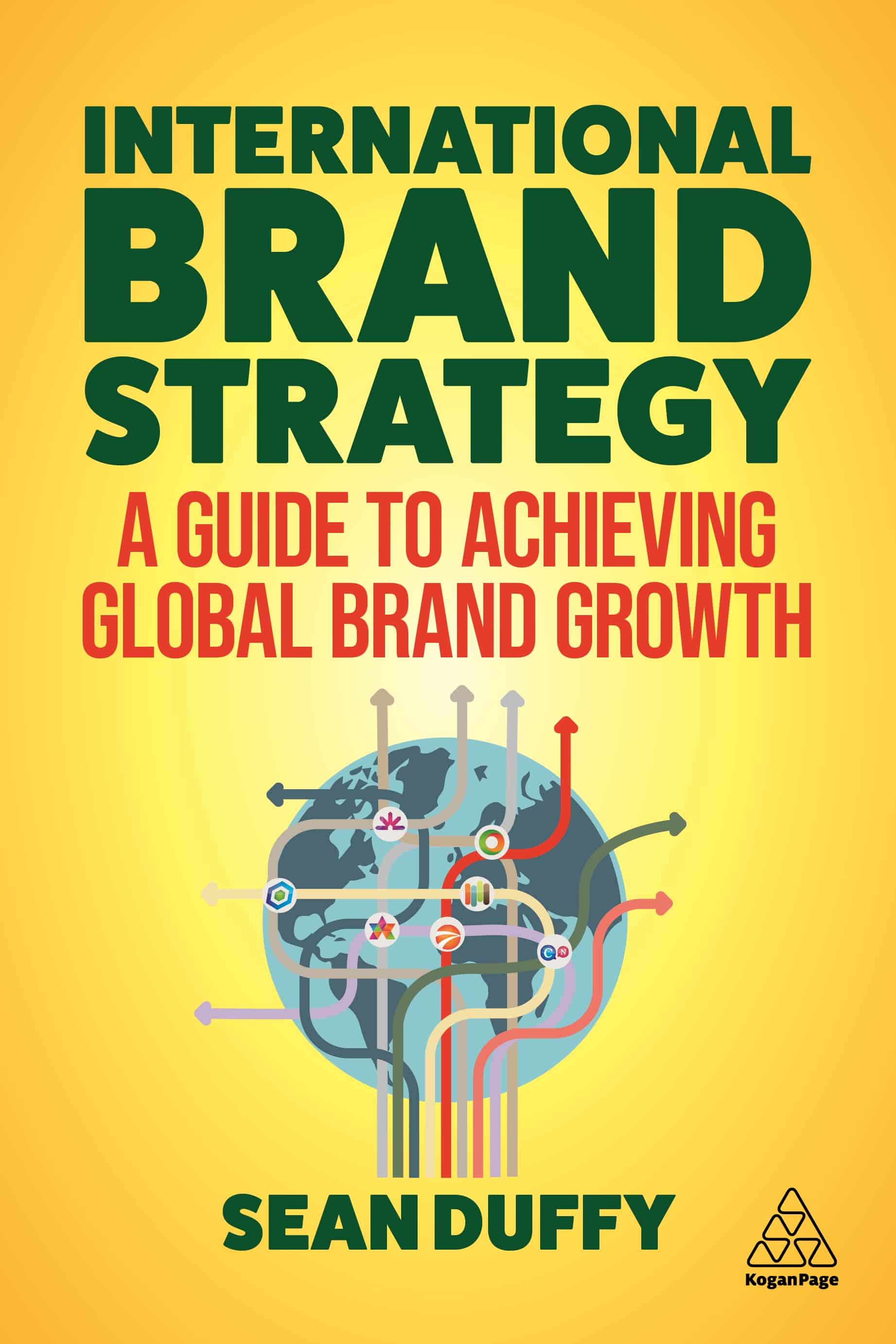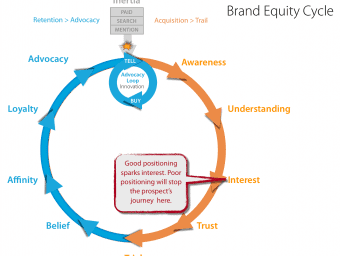The fallacy of global brand positioning
Is it really possible to define a brand position that works globally? When Jack Trout and Al Ries penned the marketing classic, "Position...
25 Mar 2025 8816 ViewsIs it really possible to define a brand position that works globally?
When Jack Trout and Al Ries penned the marketing classic, “Positioning the Battle for Your Mind,” most of the examples they used in support of their theory were domestic US cases. That never occurred to me until I began developing positioning statements for global brands. It wasn’t going well. It seemed that the more I knew about the different markets, the blander the position would become. A position that worked great in one market was already occupied by a competitor, irrelevant to consumers, or just plain invalid in another market. As a result, I was forced to search for an ever-more banal, one-size-fits-all, common denominator position. That’s when it occurred to me that, like politics, all positioning is local.

What is the problem with global branding and positioning?
It’s highly unlikely that people in different markets around the world with all their differences in culture, language, resources, product use, and options would position the same product in the same manner, and that such a position would be optimal for the brand. Even the word “positioning” begs the question: In relation to what? That’s because positioning is a relative thing. After all, a brand positioning statement is created in direct relationship to the market it serves, reflecting factors such as:
- Prospect needs
- Prospect value equation (needs vs. resources)
- Prospect beliefs and perceptions
- Competition
- Category custom
- Economic conditions
This has two main implications. First, these things change and brands should adapt to those changes. Second, it explains why effective positioning statements don’t lend themselves easily to globalization. If you are managing a global brand, it is unlikely that these factors will be the same in all markets your brand serves. That’s what makes truly effective global brand positions equally rare.
Examples of global brand positioning strategy
Does this mean that we cannot have unified global brands? Of course, we can, but we’ll need a brand strategy that combines global consistency with local adaptability. One tactic that I’ve found useful is to coordinate a global value proposition with local positioning statements. The brand’s value proposition is the anchor of your brand’s offer. It should be the same in every market, allowing you to fine-tune your offer to local conditions with your position. You just have to make sure that the local position supports your value proposition and never contradicts it. Aside from that, there are other elements that should remain the same in your global marketing strategy from market to market: such as brand values, brand story, and visual identity.
For instance, a sports drink may have the global value proposition of fast rehydration. In the US, this product could be positioned as a drink for basketball players. In Brazil, it may be wiser to position it as a drink for soccer players. These positions are different, but neither violates the value proposition and could accommodate the same brand values, brand story, and visual identity.
Gillette, “The Best a Man Can Get” is often raised as an example of a brand with one global position. I’m not sure if it does have the same position globally, but for sure, it is one of the best-managed brands on Earth as evidenced by its sustained dominance (70% share of the global razor blade category) and profit margins (estimated to be 3,000% on Fusion Blades). However, brands like Gillette (there aren’t many) that satisfy a fairly homogenous need in a fairly homogenous manner AND that are defending the number one position in their category have it a little easier. Being number one in itself is a powerful position, and also one that has universal appeal and relevance. All consumers are part lemming and most (not all) tend to respond to the logic that if everyone else thinks this is the best it must, at least, be pretty good. Any brand manager would benefit from studying Gillette’s example, but its positioning tactics may not be widely applicable.
You might think that Coke would fall into this same category as Gillette, and to a great extent it does. But a look at the slogans used in different markets over the years shows occasional exceptions where the brand is being nudged in different directions to suit local context (e.g., “Cold means Coca-Cola!” in India, “Enjoy your meal with Coca-Cola” in Italy, “No Reason” in Japan). Tag lines are not always an accurate indicator of a brand’s position, but they are often the first communication instrument used to reinforce a desired position.
Even mega-brands like IKEA are challenged to maintain global position perception among their targets. Sure, they can use the same slogans in every market, but that doesn’t mean the locals are buying them. For instance, IKEA’s low-cost/high-quality profile didn’t fly when they launched in the US, where self-assembly furniture was perceived as inherently low quality, or in parts of Asia, where IKEA’s prices were perceived as expensive. This is why having a global value proposition with local positioning flexibility comes in handy.
Your value proposition for global marketing strategy needs to be skillfully crafted so that it is true, relevant, and differentiating. But, unlike your positioning statement, it should be universally applicable. Most brands can find this red thread if they understand their customers well enough. If you do that and still can’t find any common attributes from one market to the next (i.e., your brand is perceived as dessert topping in one market and floor polish in another), consider this as an indication that a second brand may be in order. And on that note, I’ll leave you with one of my favorite examples of brand positioning strategy: Shimmer. Bon Appétit!
Like this post? You'll find more marketing insights in my new book: International Brand Strategy: A guide to achieving global brand growth, now available from booksellers globally. Order your copy here.







2 replies
…mmm, tastes terrific. And just look at that shine!
Kevin,
Thought you'd appreciate that.